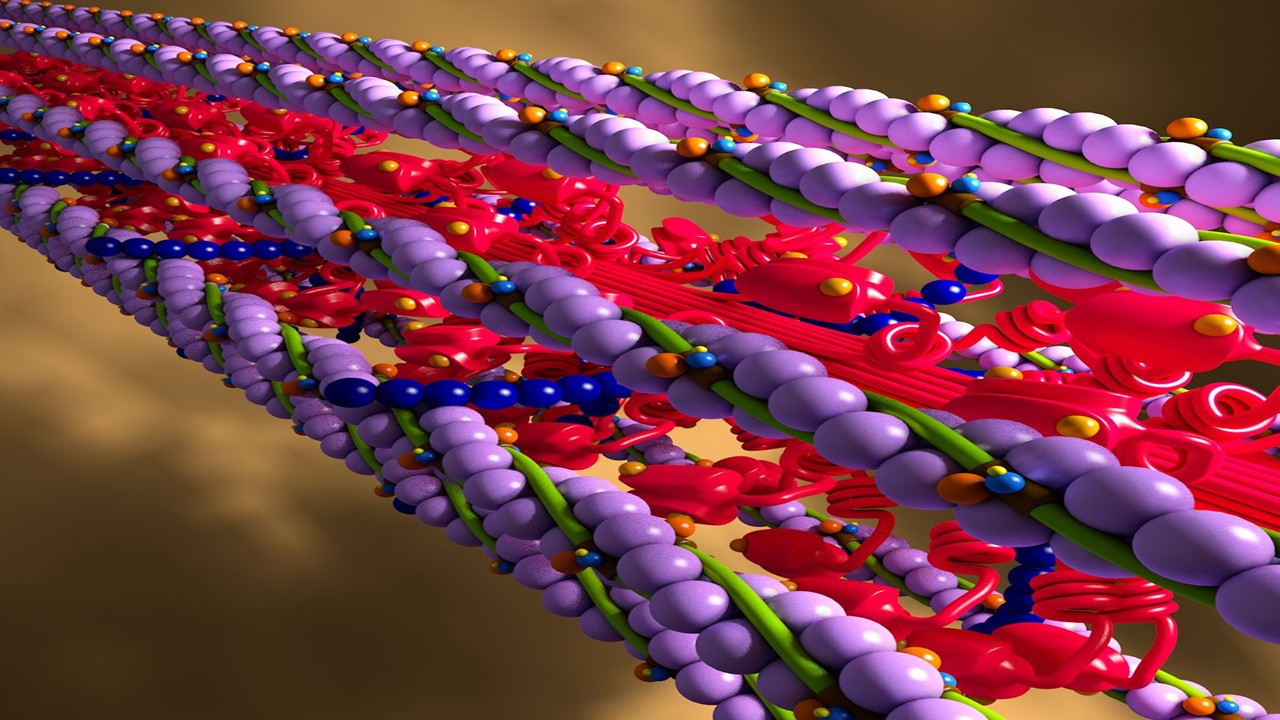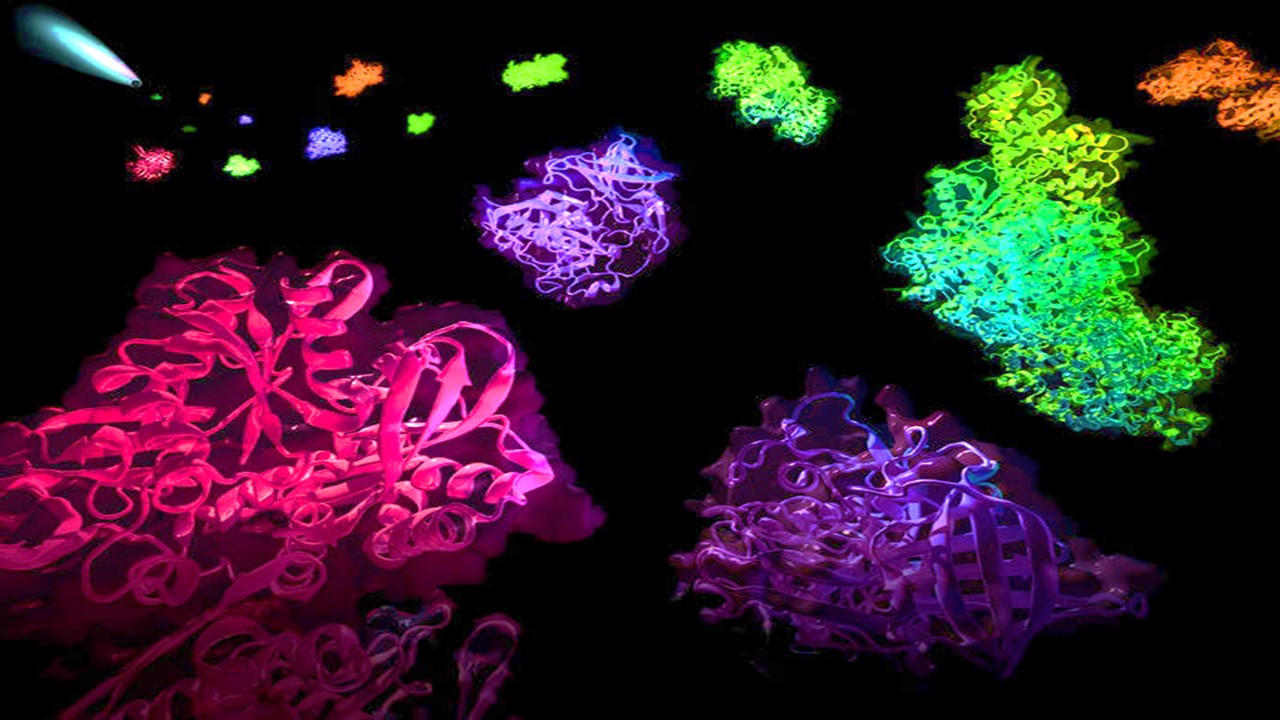Enigma of Compensatory Forces in Molecular Interactions
Biomolecular recognition—the precise interplay between proteins, ligands, and other biological entities—is a cornerstone of life’s machinery. Yet, this process often defies intuitive design principles. A persistent puzzle lies in enthalpy/entropy (H/S) compensation, where structural or environmental perturbations yield opposing changes in binding energy (enthalpy) and molecular disorder (entropy), leaving net affinity unchanged. This phenomenon complicates drug development, protein engineering, and our understanding of biological homeostasis. While H/S compensation can arise from experimental artifacts, its genuine manifestations reveal profound insights into the roles of water, dynamics, and energy landscapes in molecular interactions.
At its core, H/S compensation reflects the intricate balance between order and chaos. Enthalpy-driven processes favor stable interactions—hydrogen bonds, ionic pairs, or van der Waals contacts—while entropy-driven processes thrive on the liberation of constrained molecules. Biological systems often exploit this duality, allowing adaptations without disrupting equilibrium. For instance, mutations in enzymes or slight modifications to drug candidates may tweak binding energy distributions while preserving overall function—a survival strategy at the molecular level.
The challenge lies in distinguishing true thermodynamic interplay from measurement noise. Early methods like Van’t Hoff analysis, which derives enthalpy and entropy from temperature-dependent binding constants, are prone to artifacts due to their assumption of temperature-independent parameters. Modern techniques like isothermal titration calorimetry (ITC) directly measure heat exchange, offering more reliable data. Yet, even precise tools require meticulous experimental design to isolate genuine compensation from procedural pitfalls.
Experimental Tightropes: Separating Signal from Noise
Accurate thermodynamic profiling demands rigorous methodology. Van’t Hoff analyses, though historically valuable, often mislead due to their reliance on indirect calculations. For example, temperature-dependent protein flexibility or solvent reorganization can skew results, creating illusory compensation. ITC circumvents these issues by directly quantifying heat release during binding, decoupling enthalpy and entropy. However, correlated errors—such as inaccuracies in ligand concentration—can still mimic compensation, necessitating redundant measurements and standardized protocols.
Human carbonic anhydrase II (HCAII) exemplifies how precision unveils true compensation. By studying incremental ligand modifications—like adding benzene rings or fluorinated groups—researchers observed consistent enthalpy-entropy trade-offs. These trends, reproducible across independent labs, ruled out random error. Similarly, mutations in HCAII’s binding pocket produced additive compensatory effects, underscoring the robustness of observed phenomena. Such systems act as thermodynamic crucibles, isolating specific variables while minimizing confounding factors.
The lesson is clear: reliable insights require model systems with conserved geometries and minimal conformational variability. Proteins like HCAII, HIV-1 protease, and thermolysin provide such platforms. Their structural predictability allows researchers to parse contributions from water networks, ligand dynamics, and interfacial contacts—each a potential actor in the H/S drama.
Molecular Laboratories: Dissecting Complexity Through Simplicity
Model systems simplify biological complexity without sacrificing relevance. HCAII, for instance, binds diverse sulfonamides with near-identical geometries, enabling precise dissection of how chemical modifications alter thermodynamics. A benzene ring added to a ligand might displace disordered water, yielding enthalpic gains from new van der Waals contacts while incurring entropic penalties from rigidified hydration layers. Such studies reveal how even minor structural tweaks recalibrate energy landscapes.
HIV-1 protease offers a contrasting perspective. Its flexibility allows it to accommodate mutations and ligands through conformational shifts. Inhibitors that form additional hydrogen bonds may rigidify the protein-ligand interface, offsetting enthalpic gains with entropic losses. Similarly, thermolysin’s solvent-exposed clefts showcase how water networks near binding pockets dictate thermodynamic outcomes. Ligands that stabilize ordered hydration shells enhance enthalpy but reduce entropy, while those disrupting water order produce the inverse.
These systems underscore a universal truth: binding is a multispectral process. Contributions from desolvation, conformational changes, and interfacial dynamics are inseparable yet quantifiable through strategic experimental design. By isolating variables—like comparing ligands with incremental hydrophobic extensions—researchers map how molecular features tip the enthalpy-entropy balance.
The Cost of Molecular Handshakes: Bonds and Trade-Offs
Noncovalent interactions are thermodynamic double-edged swords. Hydrogen bonds, while enthalpically favorable, often restrict molecular motion. For example, an HIV-1 protease inhibitor’s sulfonyl group formed a strong hydrogen bond with the protein backbone, but rigidified both partners, negating the net affinity gain. Similarly, ionic interactions in zinc finger peptides showed stark compensation: oppositely charged residue pairs yielded stable complexes only when entropic penalties from restricted flexibility offset their electrostatic gains.
Halogen bonds in DNA Holliday junctions further illustrate this principle. Polarizable bromine or iodine atoms strengthened interactions but reduced junction flexibility, as seen in elevated B-factors (indicators of atomic mobility). These observations align with statistical models where bond strengthening “tightens” the system, trading potential energy for conformational freedom. Such trade-offs challenge conventional drug design, where adding functional groups to enhance binding often backfires through hidden entropic costs.
The takeaway is molecular economics: every stabilizing interaction carries a tax. Successful engineering requires auditing both immediate gains (enthalpy) and long-term liabilities (entropy).
Water: The Silent Architect of Binding Thermodynamics
Water’s role transcends passive solvation; it actively sculpts binding outcomes. In HCAII, hydrophobic ligands displaced loosely bound water from nonpolar pockets, releasing trapped molecules to the bulk—a process favoring both enthalpy and entropy. Conversely, benzo-extended ligands displaced structured water networks, incurring enthalpic penalties despite burying surface area. These divergent mechanisms highlight water’s context-dependent thermodynamics, defying simplistic “hydrophobic effect” generalizations.
Thermolysin’s S2′ pocket revealed how hydration patterns dictate affinity. Ligands stabilizing ordered water clusters via hydrogen bonds achieved enthalpic advantages, while those disrupting networks gained entropy. High-resolution crystallography mapped these aqueous architectures, showing that optimal ligands neither maximize nor minimize hydration but strategically perturb it. Similarly, mutations in HCAII’s binding pocket altered water thermodynamics, with stronger hydration networks demanding greater energy to disrupt upon ligand binding.
Water’s dual role as solvent and scaffold necessitates a paradigm shift. Designing biomolecular interactions requires forecasting how modifications alter local hydration—a task advanced by computational tools like WaterMap, which predict the thermodynamic signatures of water molecules near binding sites.
Dynamic Equilibria: Motion as a Thermodynamic Currency
Molecular dynamics add a temporal dimension to compensation. Ligands with flexible chains (e.g., oligoglycine tails) bound HCAII with lower enthalpies but higher entropies than rigid analogs, as longer chains retained residual mobility. Similarly, catabolite activator protein (CAP) mutants exhibited wide entropy variations upon DNA binding, yet nearly identical affinities, hinting at compensatory dynamics.
Bovine pancreatic trypsin inhibitor (BPTI) demonstrated entropy-enthalpy transduction: conformational clusters with divergent energy profiles coexisted at equilibrium. Perturbations selecting one cluster over another reshaped binding thermodynamics without altering stability. Such dynamics-enabled compensation suggests that flexibility is not a liability but a tunable parameter, allowing proteins to adapt while conserving function.
This dynamic view redefines rigidity. Flexible binding partners may exploit conformational selection to sample multiple states, each with distinct thermodynamic signatures, ensuring robust interactions across environments.
Beyond Affinity: Implications for Engineering Life’s Conversations
H/S compensation is more than a curiosity—it’s a design toolkit. Breaking compensation enables affinity tuning; stabilizing water networks or introducing strategic flexibility can tip the balance. For instance, displacing unstable hydration shells in HCAII boosted enthalpic gains, while flexible inhibitors of HIV-1 protease avoided entropic penalties.
Beyond affinity, compensation influences specificity and catalysis. Cytochrome P450’s product selectivity hinges on substrate orientation, each pose with unique thermodynamic fingerprints. Similarly, odorant-binding proteins use compensatory mechanisms to recognize diverse ligands, a strategy exploitable in biosensor design.
Understanding water’s role and dynamics also advances fundamental biology. Traditional lock-and-key models, ignoring solvent and motion, fail to predict real-world interactions. Modern approaches integrate these factors, moving toward predictive models that account for the full thermodynamic spectrum.
From Paradox to Predictive Power
H/S compensation epitomizes the complexity of biomolecular recognition. Its origins in water, dynamics, and interfacial trade-offs challenge reductionist views, demanding holistic frameworks. While statistical models and model systems have illuminated pathways, true predictability remains elusive. Future progress hinges on integrating high-resolution structural data, advanced simulations, and dynamical profiling to decode the thermodynamic lexicon of life’s molecular handshakes. Only then can we transcend surprise, engineering interactions with the precision evolution has mastered.
Study DOI: https://doi.org/10.1146/annurev-biophys-070816-033743
Engr. Dex Marco Tiu Guibelondo, B.Sc. Pharm, R.Ph., B.Sc. CpE
Subscribe
to get our
LATEST NEWS
Related Posts

Molecular Biology & Biotechnology
Myosin’s Molecular Toggle: How Dimerization of the Globular Tail Domain Controls the Motor Function of Myo5a
Myo5a exists in either an inhibited, triangulated rest or an extended, motile activation, each conformation dictated by the interplay between the GTD and its surroundings.

Drug Discovery Biology
Unlocking GPCR Mysteries: How Surface Plasmon Resonance Fragment Screening Revolutionizes Drug Discovery for Membrane Proteins
Surface plasmon resonance has emerged as a cornerstone of fragment-based drug discovery, particularly for GPCRs.
Read More Articles
Designing Better Sugar Stoppers: Engineering Selective α-Glucosidase Inhibitors via Fragment-Based Dynamic Chemistry
One of the most pressing challenges in anti-diabetic therapy is reducing the unpleasant and often debilitating gastrointestinal side effects that accompany α-amylase inhibition.














